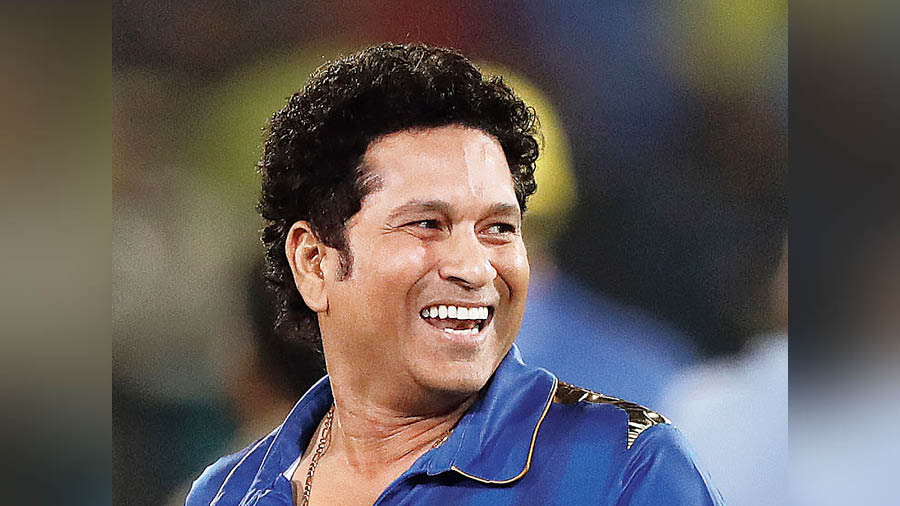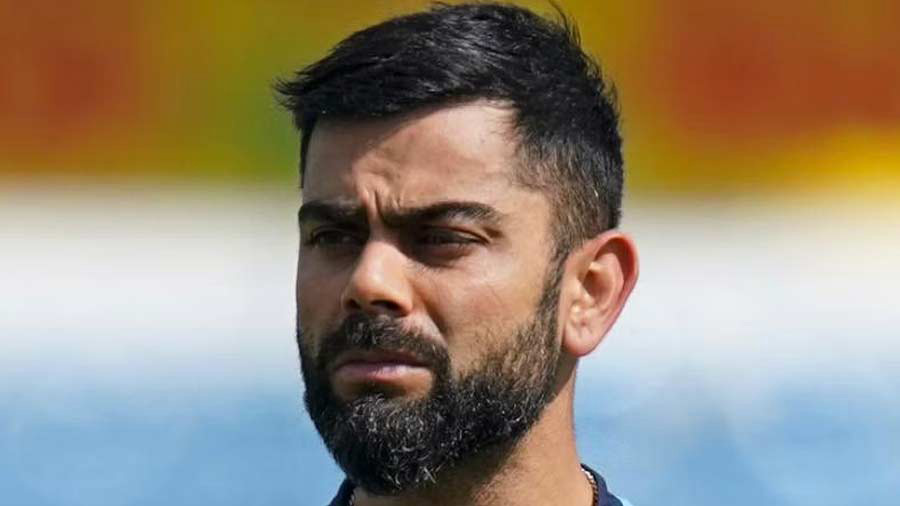More than most sports, cricket is a numbers’ game. And few cricketers have dominated the sport’s numbers quite like Sachin Tendulkar. Across a legendary 24-year career at the highest level, Tendulkar scored 34,357 runs in 664 appearances, with a record 100 international hundreds to his name. For the better part of this century, Tendulkar’s statistics have frequently propelled him to GOAT (greatest of all-time) batting status, at least when it comes to the modern era.
Being top-scorer in both Tests and One Day Internationals (ODIs) has helped, as has his outstanding averages in both formats. Even those who do not prefer Tendulkar stylistically or temperamentally have had to give in to the sheer weight of his numbers. However, as it turns out, Tendulkar’s numbers hide as much as they reveal, if not more.
As the Master Blaster turns 50, My Kolkata has decided to re-evaluate his statistical standing in the game by poring over the data and devising an index that (we believe) is a far better standard for GOAT status than the simple arithmetic plastered all over the record books and social media. Here’s presenting our answer to the question of whether Tendulkar really is, statistically speaking, the greatest batter in modern men’s cricket.
The method behind the madness
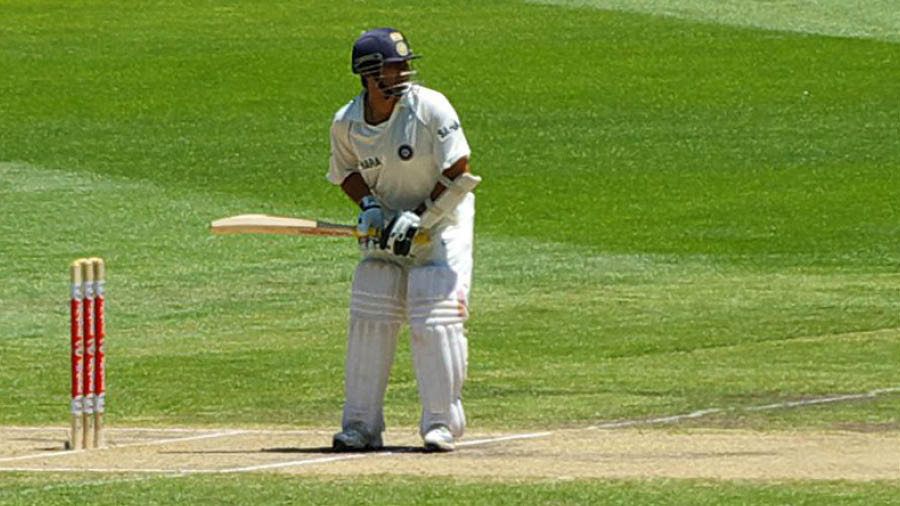
Consistency, match-winning impact, durability and outsized contribution go into the making of our index
Wikimedia CommonsWhy do this at all, you ask? First, because we can, thanks to the reams of data that are now available at our fingertips (for the purpose of this exercise, all statistics have been taken from ESPN Cricinfo’s extensive database). Second, because GOAT debates are boring when they are statistically superficial. Scoring the most runs or the most centuries is neither a necessary nor a sufficient condition for greatness. What matters is where, when and how those runs were scored and what they represent in the context of a match.
But how exactly are we going to go about it? Let us explain in four steps. The first step is to identify the criteria we feel are instrumental to batting greatness — consistency, match-winning impact, durability, and outsized contribution to the team’s performance. How do we reflect these through hard numbers? For consistency, we look at career average in Tests and a mean of career average and strike rate in ODIs. For match-winning impact, we do the same as for consistency, except we only consider scores made in winning causes. For durability, we factor in a batter’s conversion rate — how frequently they make a hundred after reaching 50. And for outsized contribution to the team’s performance, we count the percentage of times a batter has been the top-scorer for their team.
The second step is to attribute a weightage to these four criteria. Consistency is most important over the span of an entire career, which is why it counts 5x. Match-winning impact is next at 4x, followed by outsized contribution at 3x and durability at 2x. Once this is done, the third step is the easiest. Add all four scores and we have our GOAT index, calculated separately for Tests and ODIs (here is the full GOAT index for those wanting to jump right in).
The fourth step is selecting the pool of players to compare Tendulkar’s index with. There is no perfect way to do this, which is why we have simply considered the top 10 scorers in both Tests and ODIs till date, with the caveat that none of them should have debuted before ODIs changed from 60 over-games to 50-over ones (in 1983). Conveniently enough, the only player to miss out from the original top 10 lists as per our stipulation is Allan Border. You can find the entire lists here. Without any further ado, let the numbers tell their own story!
Sangakkara pips Tendulkar to top spot in Tests

Kumar Sangakkara has a healthy lead at the top of our GOAT index for Tests
Wikimedia CommonsWhen it comes to all-time comparisons in Test matches, many are likely to side against Tendulkar, in favour of Don Bradman, Graeme Pollock or even Sunil Gavaskar. In the modern era, though, Tendulkar becomes a more popular choice, even if there are detractors preferring Ricky Ponting or Brian Lara. Ironically, our GOAT index finds that it is neither Ponting nor Lara that upends Tendulkar’s supremacy in Tests. Instead, it is Kumar Sangakkara. Tendulkar’s index of 737.72 comfortably beats Ponting’s 677.39 and is narrowly in front of Lara’s 734.17. In fact, a closer threat to Tendulkar is Jacques Kallis, with an index of 736.76. But surpassing them all in his quiet, elegant fashion is Sri Lanka’s Sangakkara, who finishes with an index of 794.57.
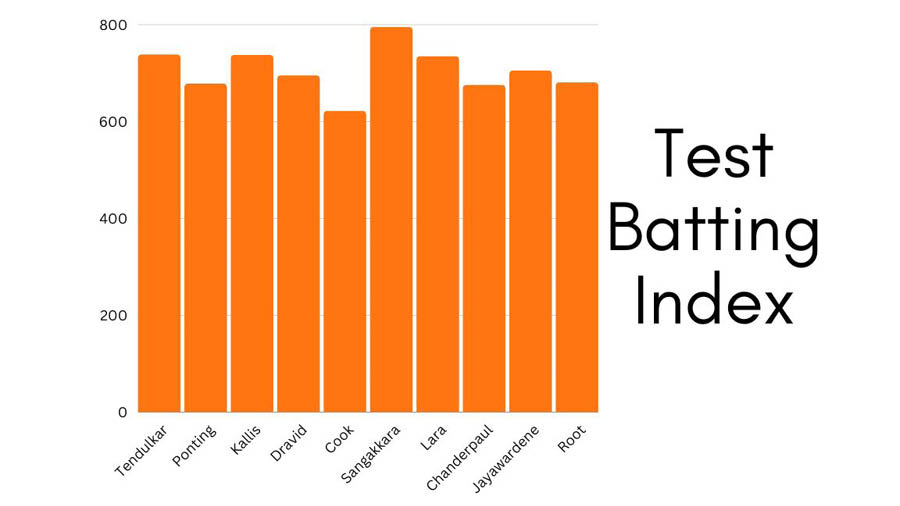
The distribution of the GOAT index in Tests for the batters in consideration
Sangakkara’s compatriot Mahela Jayawardene occupies fifth place with an index of 704.53, which is marginally better than Rahul Dravid’s 694.54 in sixth. Interestingly, Joe Root (still active, of course), in seventh place, is higher than Ponting, as the Englishman’s index reads 679.89. Rounding up the top 10 are Shivnarine Chanderpaul (674.65) and Alastair Cook (621.12).
If we are to break the index down into its categories, Sangakkara tops in terms of consistency and match-winning impact, Lara is foremost at outsized contribution and Kallis heads durability.
Kohli well ahead of Tendulkar in ODIs
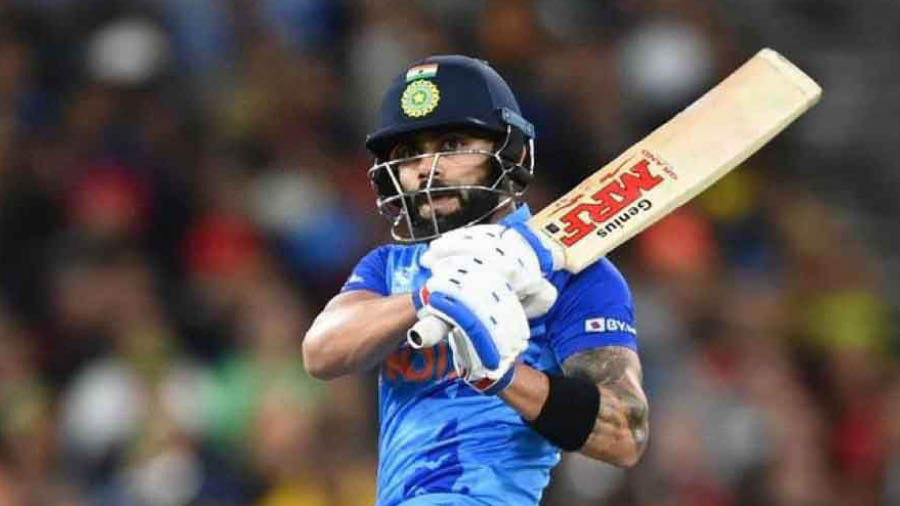
Virat Kohli is in a league of his own in our GOAT index for ODIs
TT ArchivesAmong his contemporaries from the 1990s and early 2000s, Tendulkar remains the GOAT in ODI cricket. Unfortunately for him, our GOAT index also includes Virat Kohli, who has been the beneficiary of everything from two new balls to batting powerplays to inferior bowling attacks (arguably) for almost all of his ODI career. This is why Kohli’s GOAT index soars head and shoulders above everyone else’s in our list, including that of Tendulkar. While the Little Master registers an index of 809.18, the Chase Master is miles clear at a staggering 942.31.

The distribution of the GOAT index in ODIs for the batters in consideration
The best of the rest is Sanath Jayasuriya (no doubt boosted by his fantastic strike rate), whose index comes to 725.09, creating another yawning gap between second and third. Thereafter, the field is more crowded, with Ponting (695.10), Sangakkara (681.95) and Sourav Ganguly (674.75) completing the top six. In seventh place is Kallis, with an index of 661.77, followed by Mahela Jayawardene (628.47), Inzamam-ul-Haq (620.50) and Rahul Dravid (610.53).
As for the category-specific leaders, Kohli leads in all but one, winning in terms of consistency, match-winning impact and durability. With more matches on his side, Tendulkar prevails on the outsized contribution parameter.
Who is the real GOAT then?
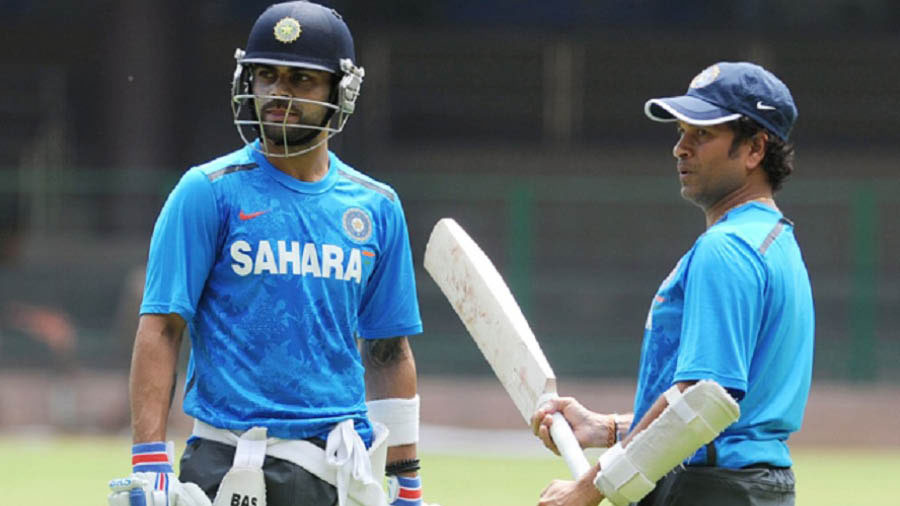
Numbers alone cannot define any GOAT debate, which only strengthens Tendulkar’s claim to greatness
TT ArchivesTendulkar fans can argue that if you combine Tests and ODIs, the man who comes out on top is none other than their idol. This is a good enough reason to suggest that there has not been a more complete batter in modern cricket than Tendulkar, the man who has completed one of Indian sport’s most incredible individual stories. But what the GOAT index proves is that Tendulkar’s greatness is far from unchallenged when it comes to the quirks of each of the two most enduring formats of cricket.
In conclusion, the GOAT index is an eye-opener into how numbers, even (or perhaps especially) in cricket, contain greater truths than most of us perceive. But it is also by no means a debate ender, for GOAT conversations cannot just be situated in statistics. And it is when one goes beyond the quantitative and into the realm of the qualitative, or even the abstract, that the Tendulkar aura comes into play. An aura that may not be unanimous but still remains powerful enough to ensure that no matter the contenders for modern cricket’s real batting GOAT, there remains one true god of the game.


